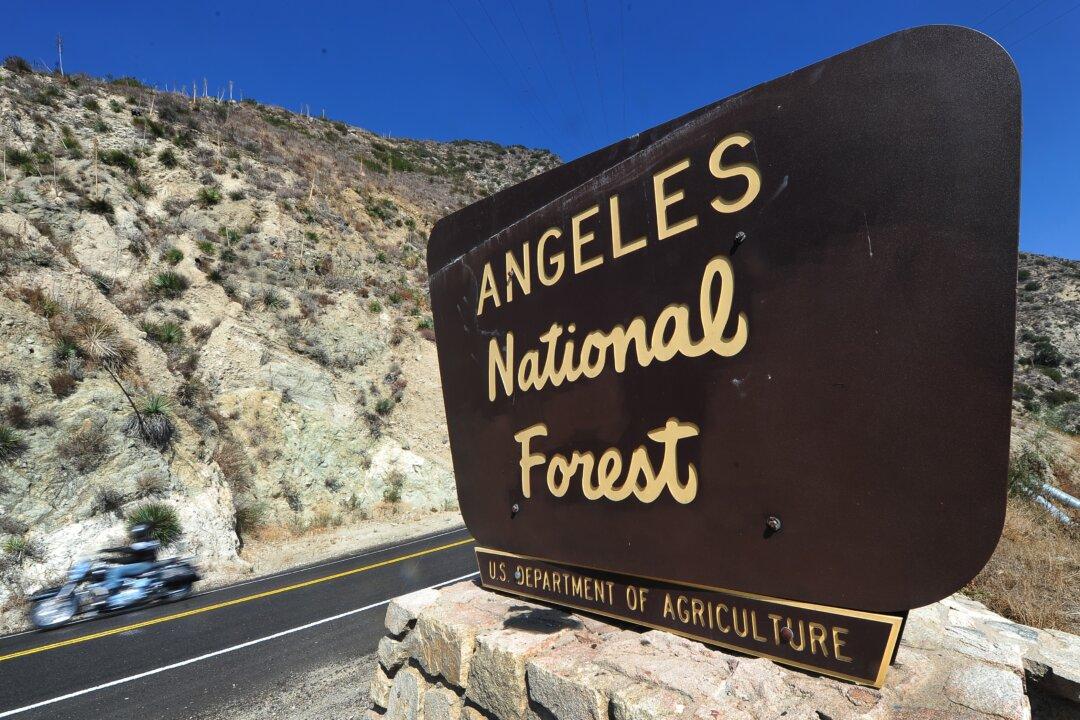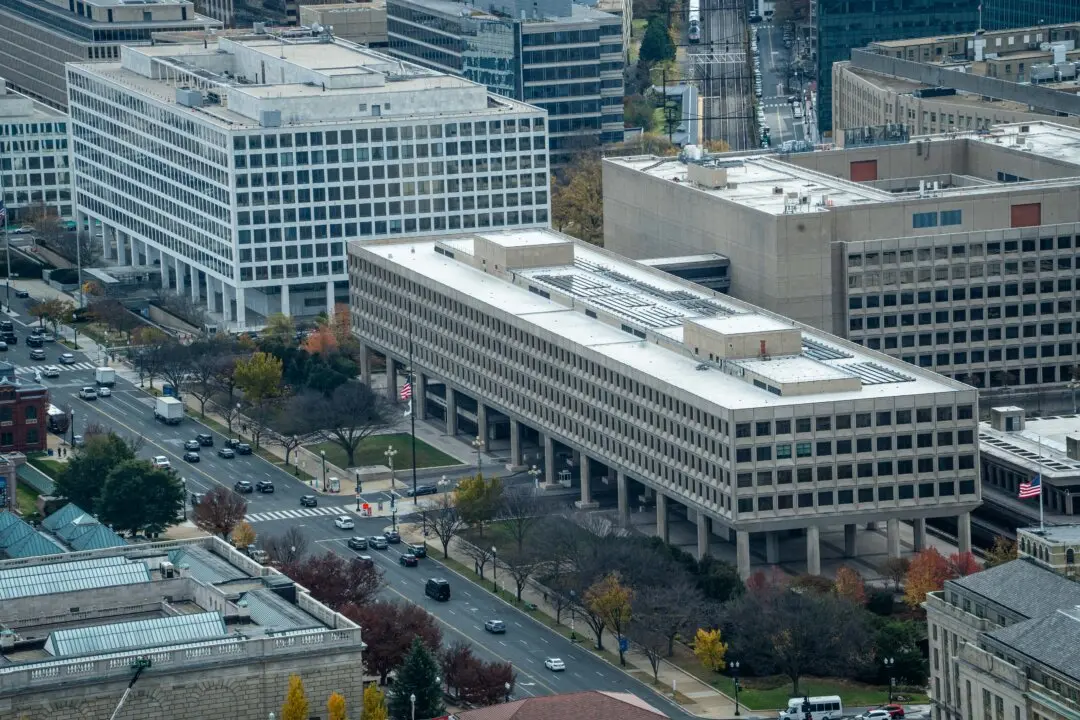President Joe Biden is expected to expand the boundaries of two California national monuments in the coming weeks, according to recent news reports.
Using the Antiquities Act of 1906, the president can add land to the San Gabriel Mountains National Monument near Los Angeles and the Berryessa Snow Mountain National Monument, about 85 miles northwest of Sacramento.





